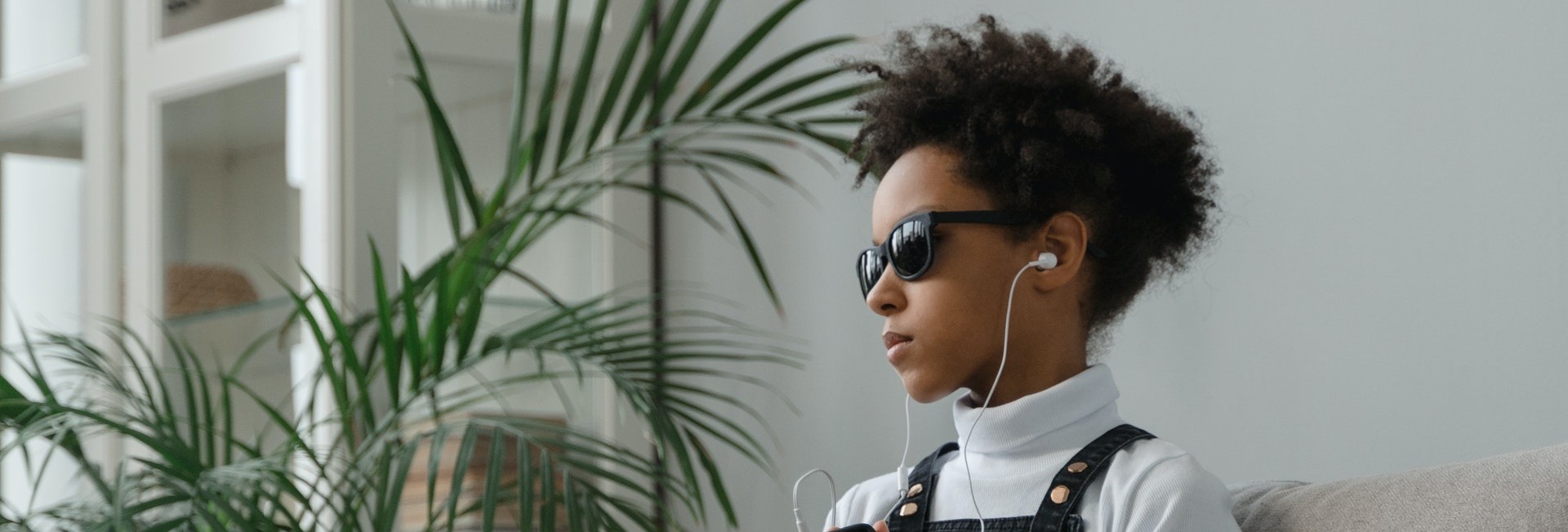When working with educators on UDL implementation, there is one question that always comes up. “Is UDL effective for students with significant, intensive needs?” Today, Joy Zabala provides an emphatic “yes!” And believe me, if anyone knows this with certainty, it’s Joy. As the CAST web site notes, “Joy Zabala is a leading expert on the use of assistive technology (AT) to improve education for people with disabilities. As a technologist, special educator, teacher trainer, and conference speaker, Dr. Zabala has earned international recognition for her work on AT and Universal Design for Learning (UDL).”
Although it’s critical that all students receive a Tier I education with their peers in an inclusive environment, students with intensive needs may need additional supports or specific assistive technologies that are not available as options for all students. UDL principles are used to intentionally lower barriers for all, but teachers must recognize that there are additional barriers that some learners experience and as a result, they may be specialized services such as physical and occupational therapy or a specific assistive technology tool.
As Joy explained, assistive technology enhances the capabilities of students and is related to function, rather than a specific disability. Accessibility is a moving target. What is accessible to one person may be a barrier for another. In Joy’s work, she notes that she is sometimes asked, “What assistive technology should I use with a student with autism or cerebral palsy?” There is no correct answer. Disabilities affect students in different ways, so it’s important to get to know how a disability affects a student’s ability to function and then explore technologies that enhance those functions so students can access the options provided to all. Assistive technology allows students to participate and experience learning instead of just observing it. Hearing Joy explain assistive technology in this way gave me a, “Wait, what?” moment that helped me to understand how UDL can meet the needs of all students when coupled with specialized support and assistive technology.
At the conclusion of her presentation, Joy shared that achievement for all requires three things: great teaching the UDL way, appropriate support and services and accessible materials and technologies for all students. That’s the magic equation that will allow all students to become expert learners.



